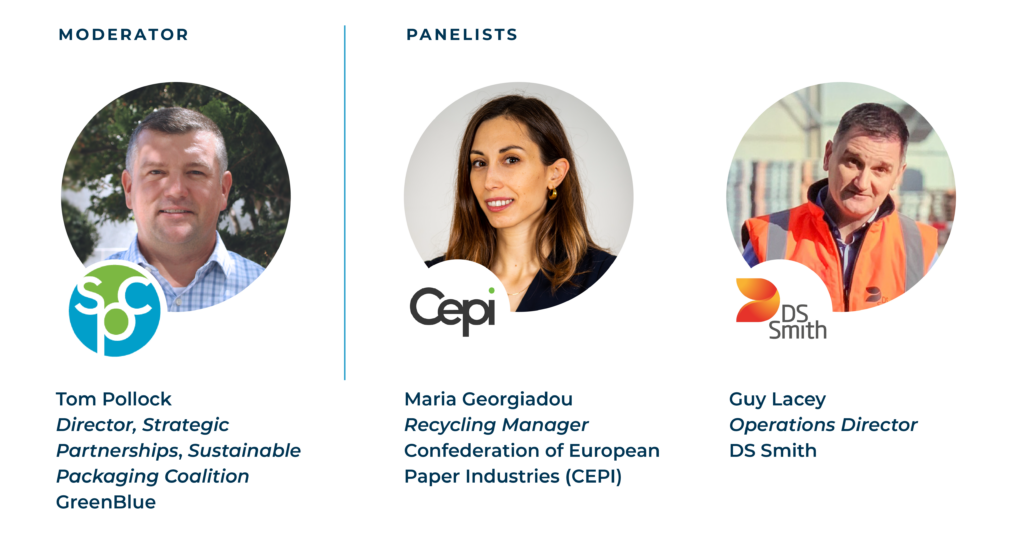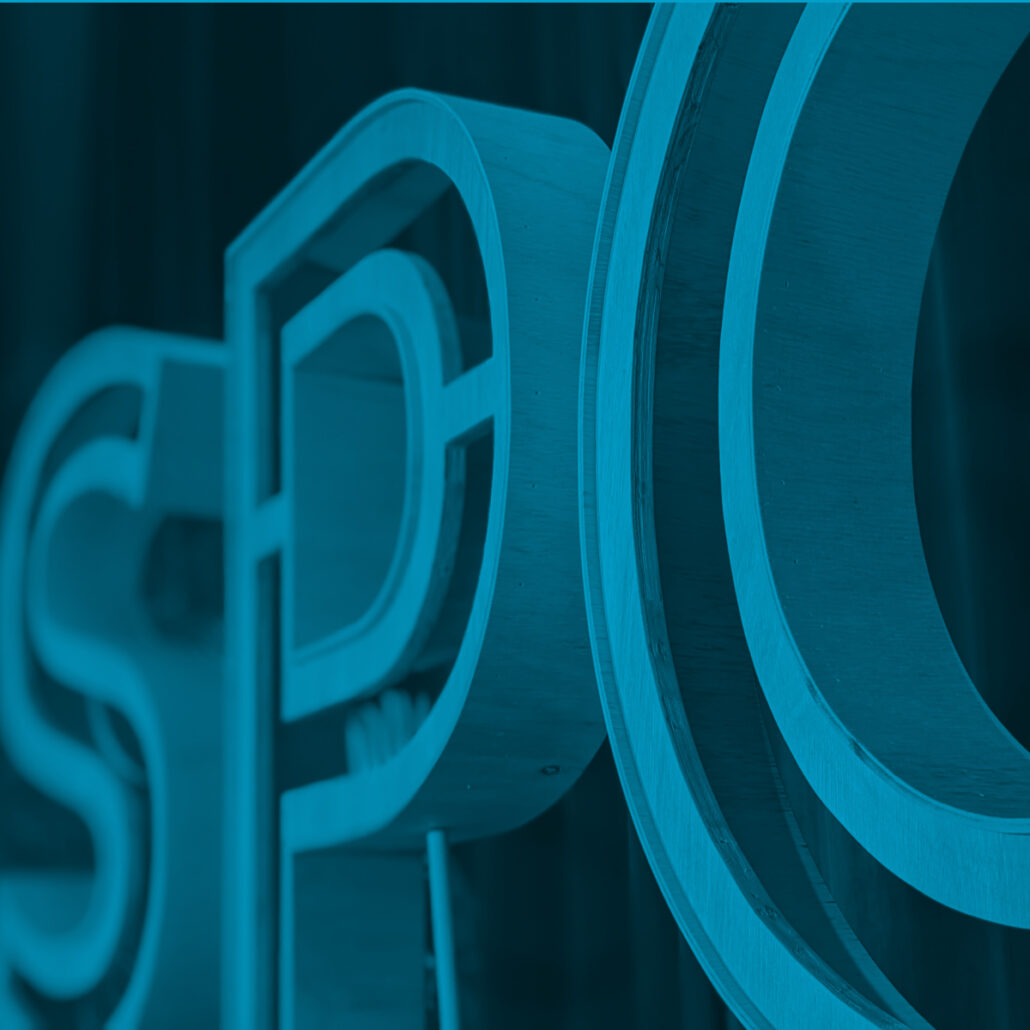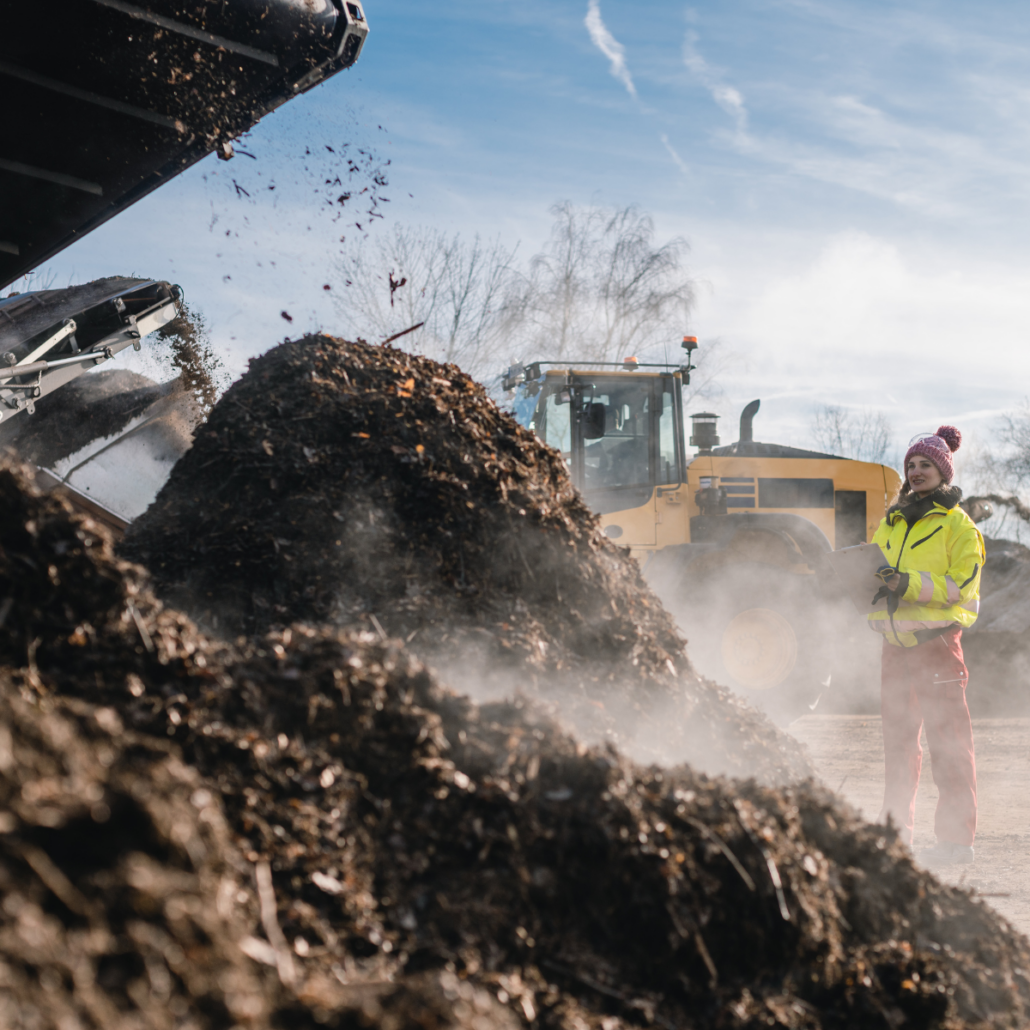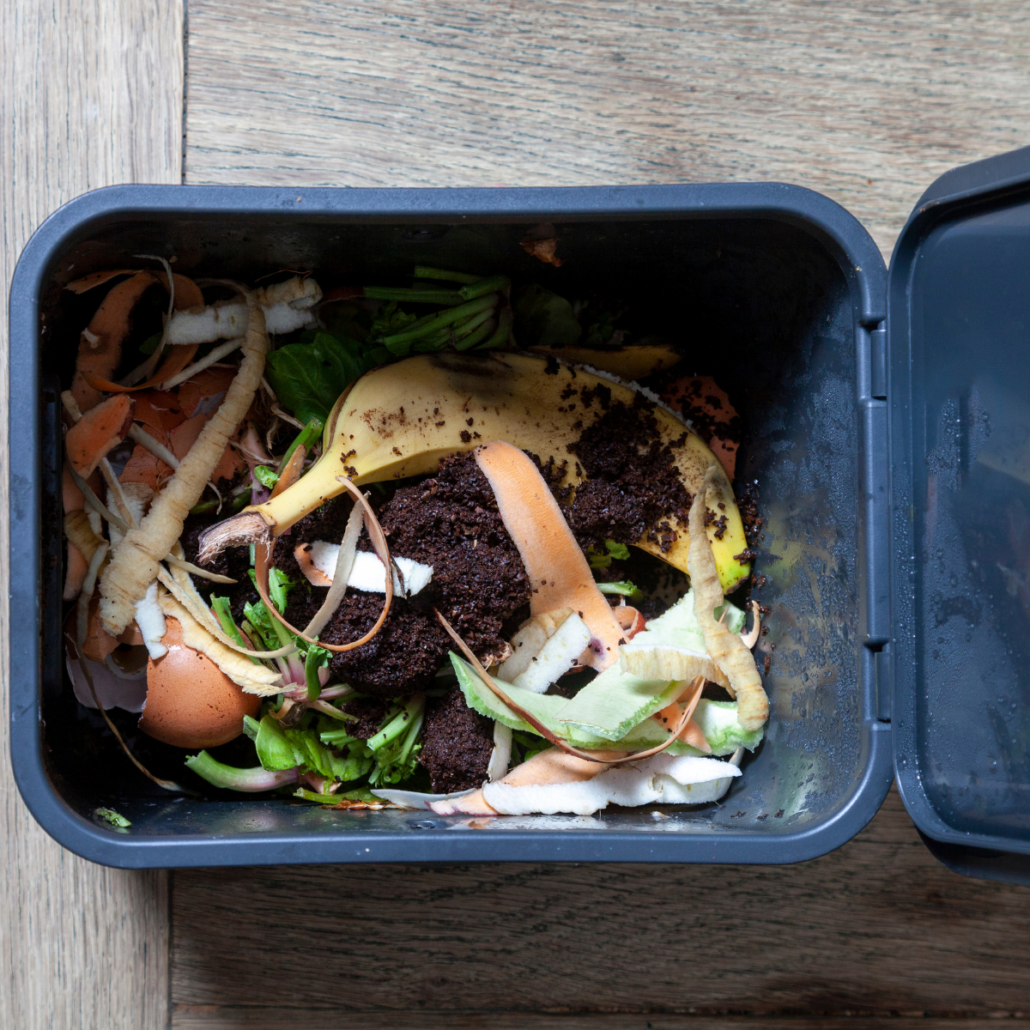Paper packaging and paper products are currently more likely to be recycled than plastics. This is due to a more established paper recycling infrastructure and a more uniform material stream. However, a facility designed to turn cardboard boxes into new cardboard is not always able to recycle molded fiber bottles, paper-based snack wrappers, or other new and innovative paper packaging formats. As packaging material sustainability and circularity receive increased attention, many companies are evaluating whether paper-based packaging can help them meet their sustainability goals. This is where paper recyclability testing, the topic of a recent webinar hosted by SPC, is key.
Tom Pollock, Director of Strategic Partnerships at GreenBlue, moderated the webinar alongside presenters Maria Georgiadou, Recycling Manager at the Confederation of European Paper Industries (Cepi), and Guy Lacey, Operations Director at DS Smith.

Georgiadou introduced Cepi, a paper industry association representing close to 500 companies and 900 mills across Europe. Several years ago, Cepi recognized the need for a test method for paper recyclability that would enable the industry to quantify improvements in paper recycling and inform consumers of those improvements. The first version of Cepi’s paper recyclability test method was published in 2019, and then in 2022, Cepi released an updated version of their testing methods developed with input from Lacey and other industry experts.
What is Cepi’s test method?
Cepi’s method is meant to indicate whether a package can be successfully recycled at a “standard mill,” where the input stream is classic cardboard and paper. The test process starts with a representative sample cut from the package in question.
- This sample is disintegrated to simulate the repulping process that would happen at a mill, then filtered.
- The filtrate (the liquid portion) is examined to determine how much material is dissolved and what would be entering the water stream in a recycling process.
- The retained material from the filtration undergoes coarse screening to remove anything larger than 5 mm.
Certain types of robust paper packaging, such as the multi-ply kraft paper board used in beer carriers, are known to be recyclable in mills but difficult to break down in this lab-scale test process. For this reason, if the “rejects” portion from the coarse screening is mainly composed of fibrous material, it will be subjected to the disintegration step again.
- After coarse screening, a sheet of paper is formed with the “accepts” portion. Forming a sheet of paper at this stage is not part of the paper recycling process, but for test purposes, this step gives a first impression of any issues with adhesion or visual appearance.
- The next step is fine screening through 150-micron slots, and again evaluation of the “rejects” and sheet formation with the “accepts.”
- Macrostickies analysis is the last, but optional, step in the test method.
Once results have been obtained from this test method, how is recyclability determined?
There is more to recyclability than reprocessing, so this kind of test method cannot give an absolute yes-or-no answer to the question “Is this package recyclable?” But what a test method can do is identify any red flags that could prevent a package from being reprocessed successfully.
Cepi’s test method looks at factors like sheet adhesion and fiber pullout, as well as the visual quality of the test sheets. Visual quality is ranked using a decision tree, where factors like wax stains or many metalized particles would indicate potential problems if the package were to enter a recycling facility.
“Innovation in packaging design is moving more quickly than recycling technologies”
Test method results can help guide packaging designers to choose materials and formats that have a high likelihood of being compatible with current recycling infrastructure.
How widely applicable is the test method?
DS Smith’s Lacey described the work that went into minimizing lab-to-lab variation so that consistent results would be obtained from the method regardless of where it’s performed.
Considering the policy outlook in Europe, a consistent method to assess recyclability will be even more important in the coming years. More specific requirements on packaging recyclability are likely on the horizon as part of the European Green Deal and Circular Economy Action Plan, and packaging recyclability performance is also likely to be tied to eco-modulated fees in extended producer responsibility (EPR) schemes.
Cepi’s test method was developed with harmonization in mind, and it is an excellent tool to drive paper-based packaging recyclability in and beyond Europe. Currently, however, paper recyclability test methods in North America differ from those in Europe, sometimes resulting in different pass/fail results for the same package. Further coordination is still needed among test methods to ensure that you get the same answer to “Is this package recyclable?” regardless of where the question is asked and which test is used. Widespread use of existing test methods and increased harmonization as the test methods continue to evolve will help provide clarity upfront on whether an innovative paper package can truly be recycled.
To learn more about the landscape of paper packaging recyclability test methods in Europe and North America, check out SPC’s report, “How to Know If Your Paper Packaging is Recyclable: Introduction To Paper Packaging Recyclability Test Methods & Specifications.”




